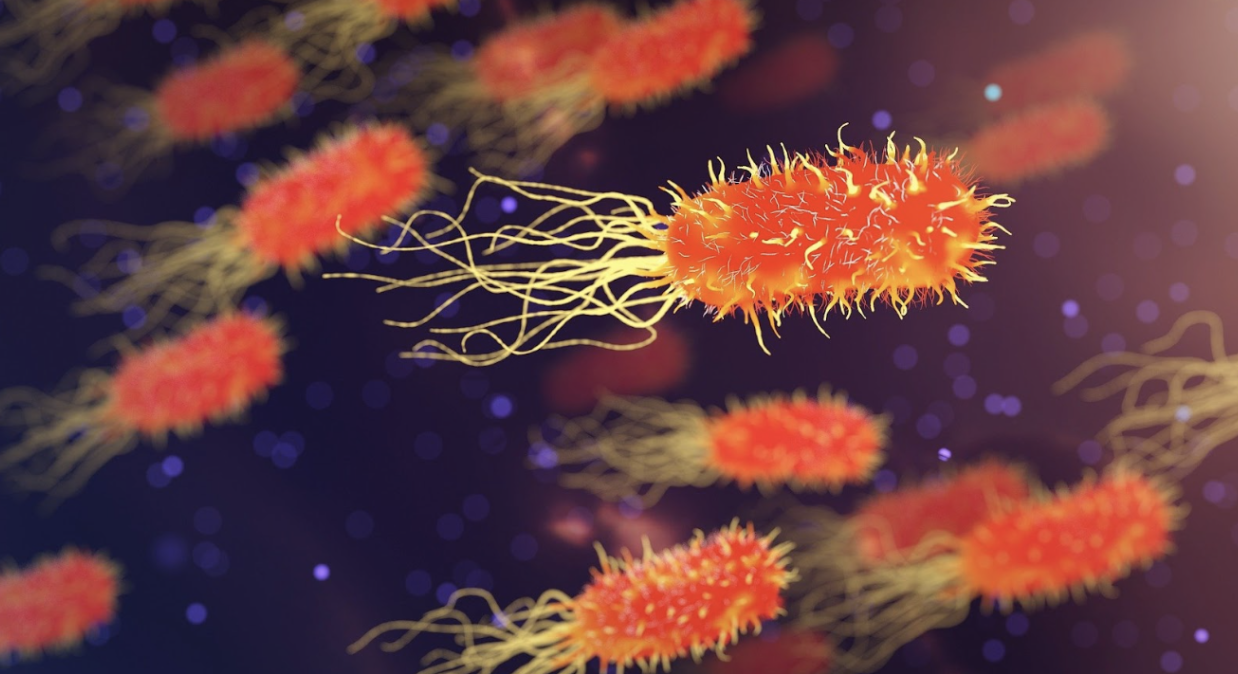
[객원 에디터 3기 / 장석현 기자] It is common knowledge that bacteria are too small for the naked human eye to perceive. A new discovery by scientists – one concerning a giant bacterium that has been found to grow up to 2 centimeters and more – is about to shatter this long-held conception.
This newly discovered bacterium, named ‘Thiomargarita Magnifica,’ was initially found by marine biologist Oliver Gros at the University of French Antilles in 2009 when he came across long white strands in the midst of finding a symbiotic bacterium within mangroves. He recalls that “When I saw them, I thought: strange.” After determining that these white strands were bacteria, scientists were very surprised by their unique internal structures and unprecendented sizes.
Traditionally, all biological organisms have been divided into two categories: prokaryotes, which include bacteria and single-celled organisms, and eukaryotes, which encompass all multicellular life, even humans. A kew difference is how eukaryotic cells compartmentalize all their cell components. In contrast, prokaryotic cells have their parts freely floating inside the cell, including the DNA. Surprisingly, this bacterium had its DNA stored in small sacks with membranes called ‘pepins’. In addition, these bacteria contain three times as many genes compared to other normal bacteria with their 11,000 genes and over 50,000 genome copies spread throughout the whole system.
Many scientists also question the bacteria’s abnormal size with the diffusion-constraint hypothesis, which theorizes how bacteria should be limited in their size due to the rate of nutrients diffusion. Two methods by which organisms spread their nutrients are passive and active diffusion. Both allow molecules to move across a wide range of regions, and their primary difference is whether energies are used or not. For active diffusion that expends energy, nutrients could spread farther and faster, making them suitable for larger cells. However, bacteria that rely on passive diffusion raises questions as to how gigantic bacteria like the Thiomargarita Magnifica could efficiently spread their nutrients.
A possible explanation for how this bacteria grew so large was the need to evade predators. However, this would also remove the bacterium’s conventional advantages in flexibility and speed.
Biology lacks the type of ‘laws’ that are central to the study of chemistry and physics because there are so many organisms that humanity have yet to discover, raising the need for various contingencies and making it difficult to develop true laws. Although our current understanding of evolutionary biology is still underway, this recent discovery marks a remarkable step forward. Indeed, scientists have concluded that “larger, more complex bacterias may be hiding in plain sight,” and are already undertaking further research on related species in the mangrove environment to determine how these bacteria interact locally.
Sources: Science, The Guardian, Big Think, Smithsonian Magazine, CNN





